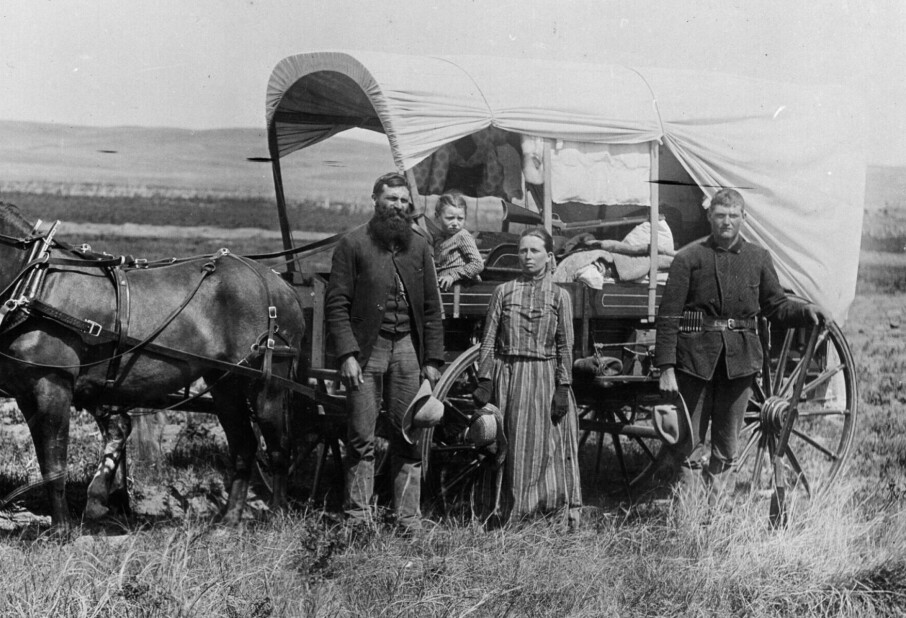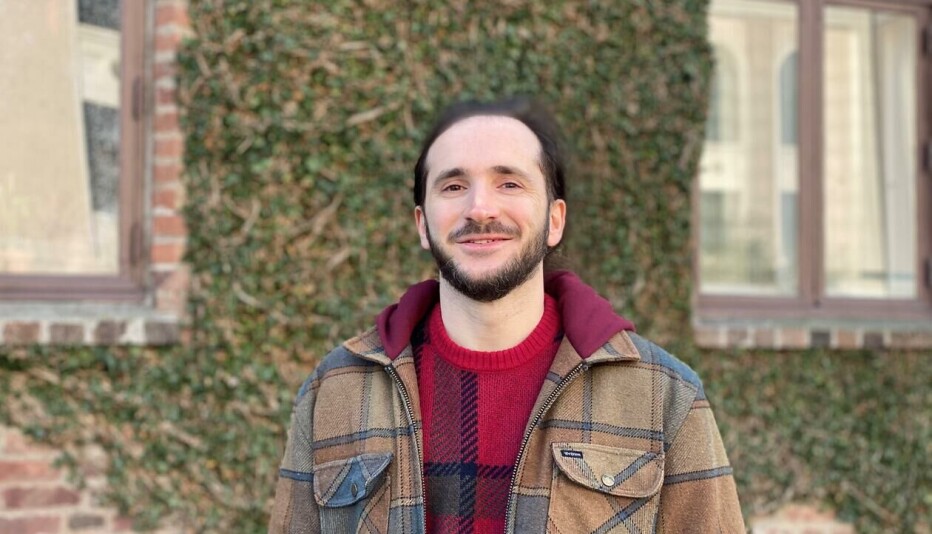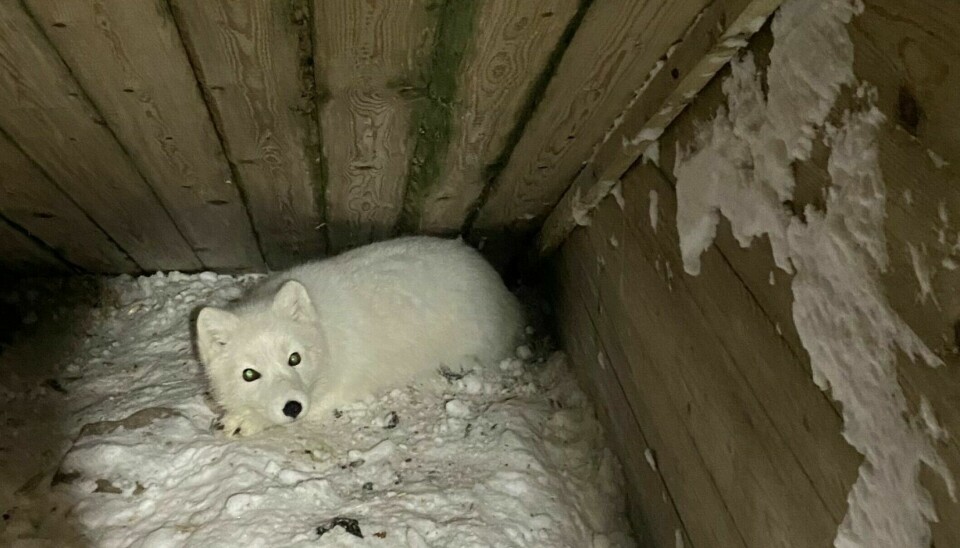
This Arctic fox will help save its species
“We hope he will become the father of many kits,” researcher says.
In the middle of the night on November 21, a small animal with white fur enters a pen. This is happening on the Varanger Peninsula, located in the far northeast of Norway.
Inside the pen lies a tempting, dead bird. But as soon as the animal enters, the door slams shut behind him.
Berit Tønsberg Gaski watches this on video 150 kilometres from the trap. Along with several colleagues, she is also outdoors on this starry night.
“We check the wildlife camera on the other side of the peninsula, and sure enough, an Arctic fox had entered the pen,” Gaski tells sciencenorway.no. She is a research technician at UiT – The Arctic University of Norway.
Most viewed
Norwegian Arctic foxes were almost exterminated
And that was lucky. Because in a completely different part of Norway, they need an Arctic fox that can help save the species.
“The Arctic fox has been threatened for a very long time,” Dorothee Ehrich says. She researches Arctic foxes and other animals at UiT – The Arctic University of Norway.
The fox, which thrives in cold temperatures and snow, is smaller than the common red fox. In winter, the Arctic fox gets thick, white fur.
The fur became very popular for coats over a hundred years ago. The Arctic fox was therefore almost exterminated in Norway and the rest of Scandinavia.
It was protected in 1930.
Helping the Arctic fox have more offspring
But over the following decades, the number of Arctic foxes did not significantly increase, despite it being illegal to kill them.
Authorities and researchers therefore decided to do something. They wanted to help the animals produce more offspring.
High up in the mountains at Oppdal, in the middle of Norway, researchers at the Norwegian Institute for Nature Research (NINA) run what they call a captive breeding programme.
And this is where the Arctic fox was now to be transported.
When Gaski and colleagues open the pen, they are greeted by a rather calm male fox. It seems satiated and content.
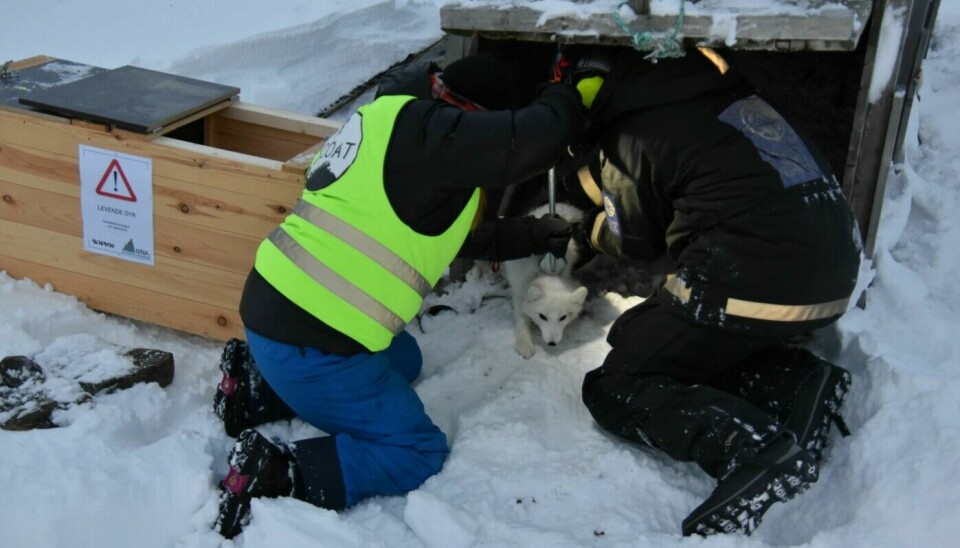

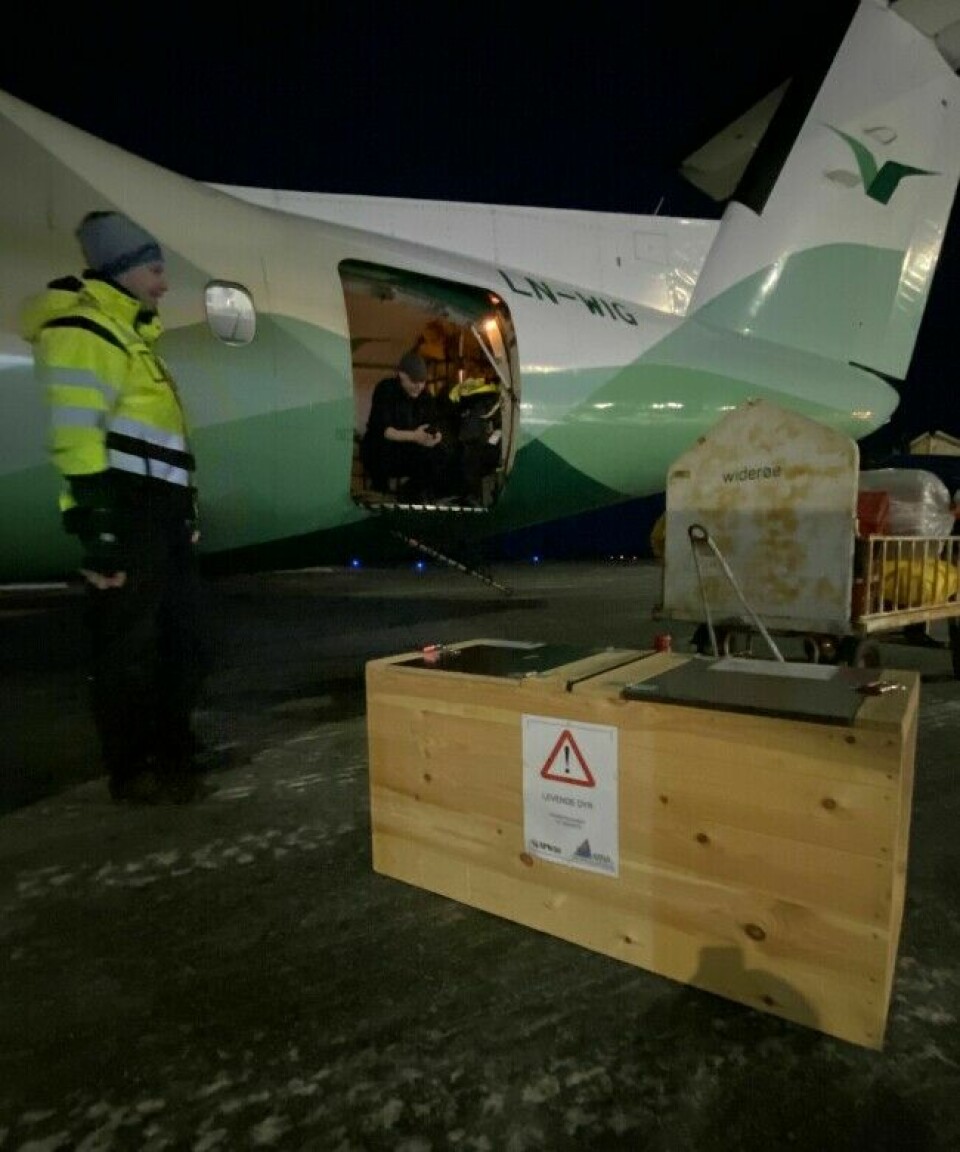
Will replace an old fox
A few hours later, those working at Vadsø Airport are quite surprised when the researchers tell them what is inside the box.
“Travelling with a wild Arctic fox hadn’t been done that many times before,” Gaski says.
But the journey goes well, and the fox is transported from Trondheim to the breeding facility in Oppdal.
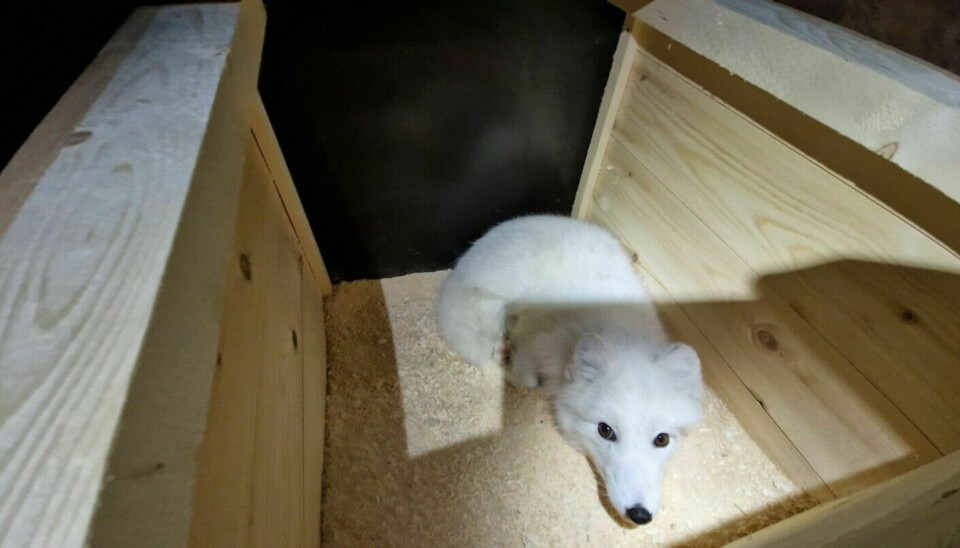
There, if everything goes according to plan, he will replace another Arctic fox that has become too old to father offspring.
“We hope he will become the father of many kits,” Dorothee Ehrich says.
———
Translated by Alette Bjordal Gjellesvik
Read the Norwegian version of this article on ung.forskning.no



































